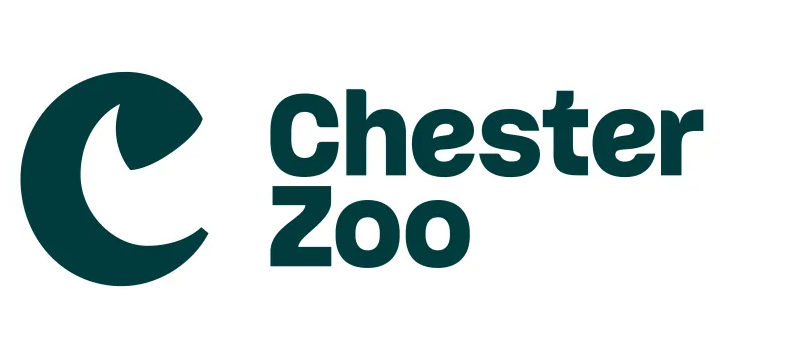Behavioural indicators of welfare exhibited by the common European cuttlefish (Sepia officinalis)
DOI:
https://doi.org/10.19227/jzar.v3i4.142Abstract
The common European cuttlefish (Sepia officinalis) is frequently found in public aquaria in Europe. These remarkable creatures make fantastic display animals due to their rapid colour/texture/behaviour changes associated with feeding or camouflage. They possess extremely fragile bodies and soft tissues, adaptations thought to have evolved to evade predators, and in captivity cuttlefish can damage easily when startled or fleeing perceived threats and these injuries rarely heal, can cause permanent damage and even death. Knowing the signals which typically occur before damaging behaviours can reduce such incidents and therefore dramatically improve their welfare. Another aspect of captive animal welfare is providing suitable enrichment. Cuttlefish are adept at revealing how they feel about their present circumstances through deimatic displays, threat signals and defensive behaviours. Here, based on approximately two thousand hours of observations a very detailed welfare-focused behaviour table, a table summarising tank requirements/enrichment in cephalopods and an example care sheet derived from the observations are presented. This paper provides the resources to determine and prevent behaviours likely to precede damaging behaviours. Collating behaviours and sharing them with aquarists can be a valuable tool in preventing injuries and assessing wellbeing in captive animals.
Downloads
Published
How to Cite
Issue
Section
License
JZAR fulfils the DOAJ definition of open access and provides free and open access to the full text of all content without delay under a Creative Commons licence. The copyright holder of JZAR publications grants usage rights to third parties, allowing for immediate free access to the work and permitting any user to read, download, copy, distribute, print, search, or link to the full texts of articles.







